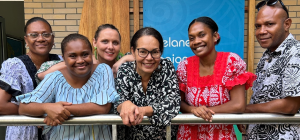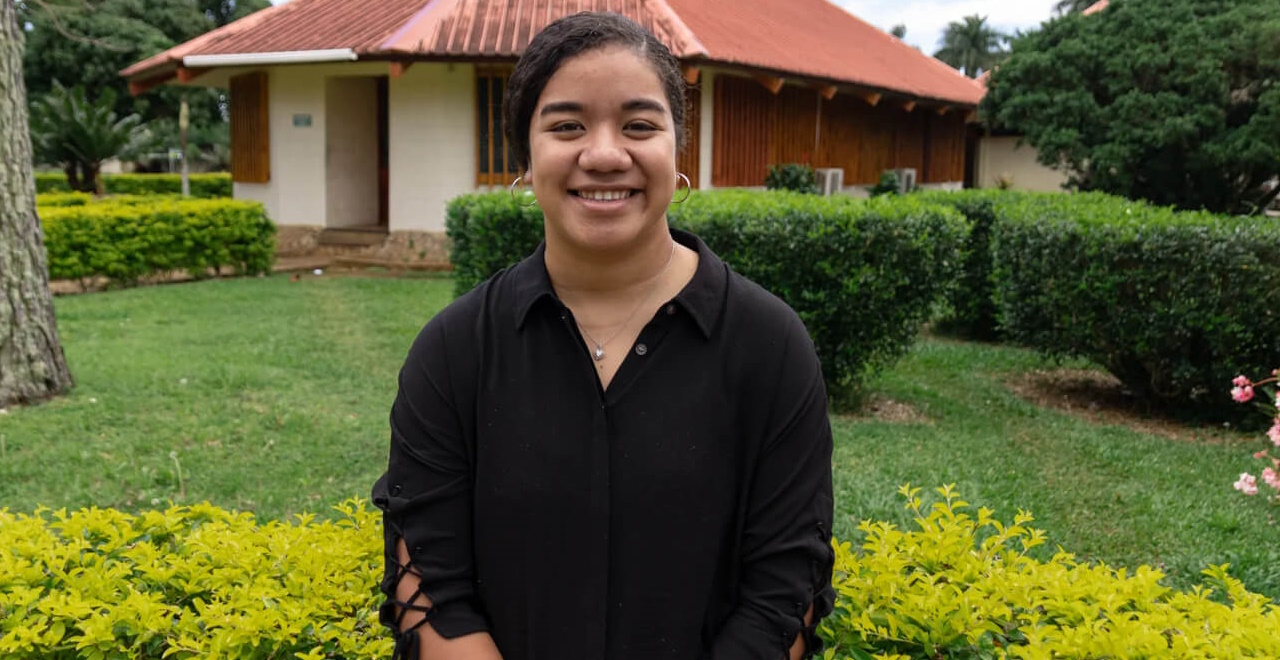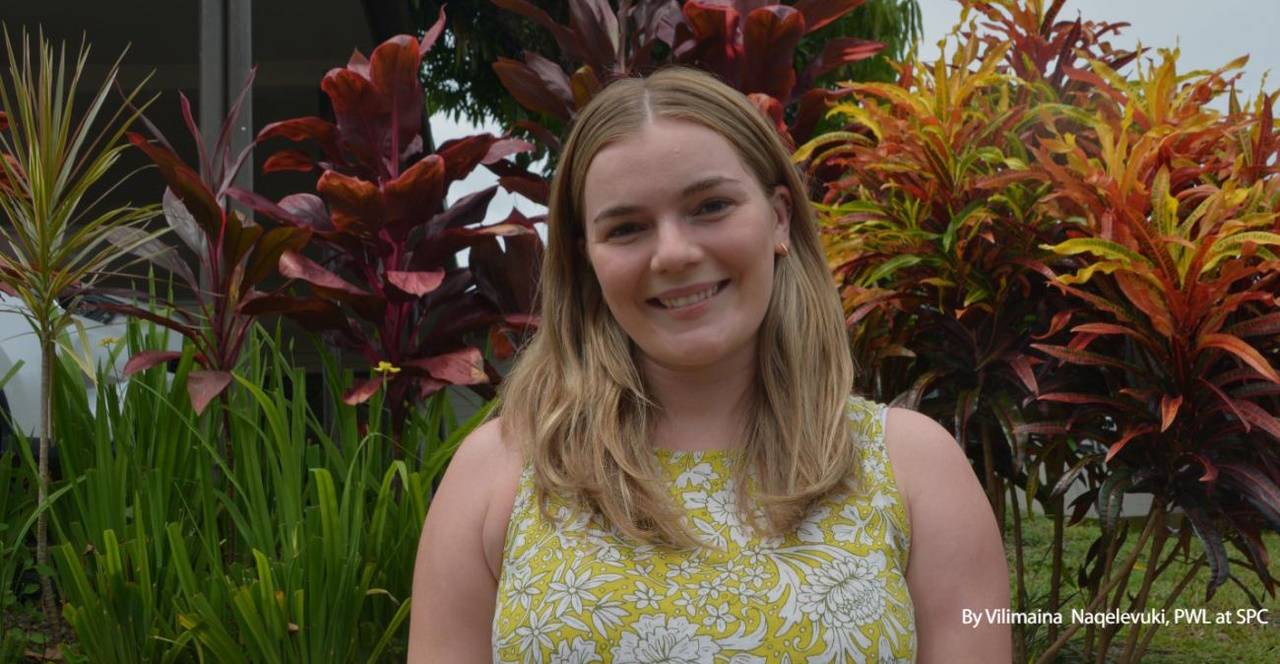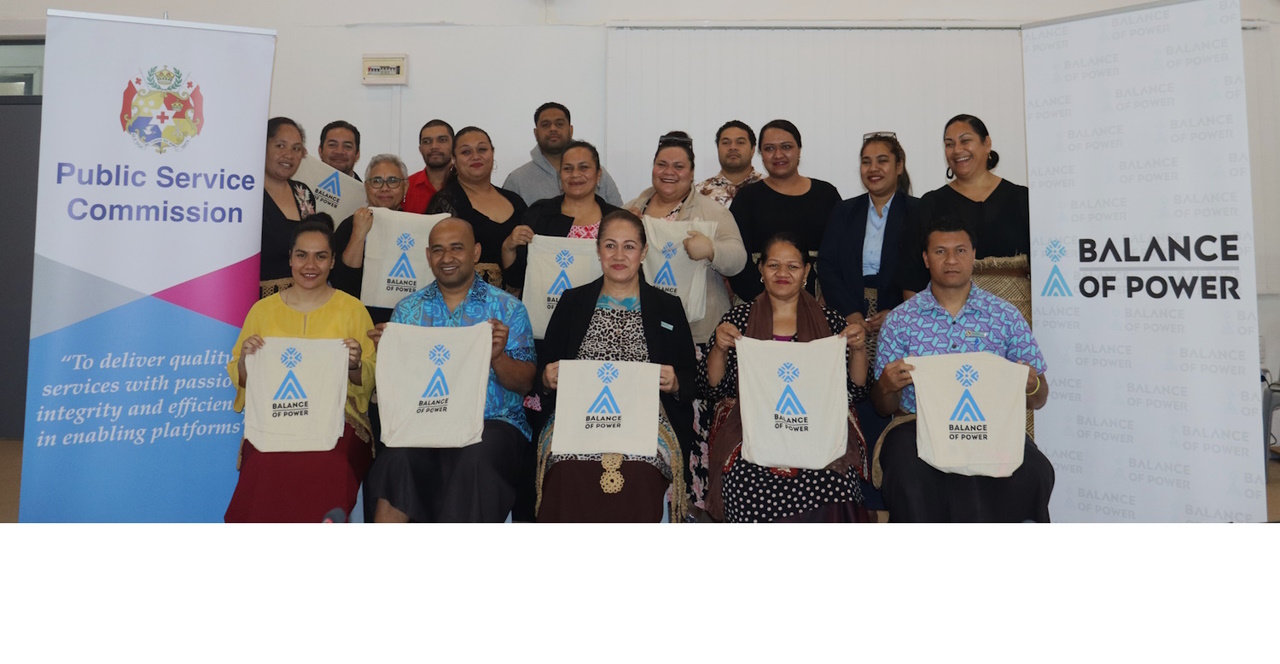Transforming leadership: Adolescent girls redefining decision-making in the Pacific
7 October 2025Leadership in the Pacific is evolving as adolescent girls move beyond token representation to become active and transformative leaders, shaping the region’s future.
Historically, National Youth Councils (NYCs) and leadership spaces have struggled with tokenism, competition for limited roles, and lack of structured succession planning. However, intentional efforts in 2024 have prioritised the meaningful inclusion of adolescent girls, ensuring their voices drive decision-making.
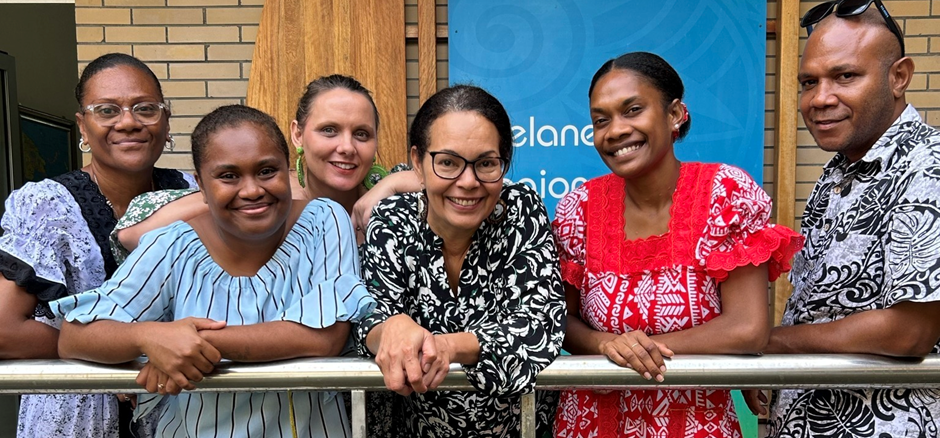
Through support from the Pacific Community (SPC), the Pacific Youth Council (PYC), and initiatives like the Pacific Girl Reference Group and PWL Youth Working Group, adolescent girls have gained a platform at key regional meetings such as the Senior Officials Meeting and Pacific Ministers for Youth Meeting, highlighting specific recommendations for the Pacific Youth Development Framework. SPC supported these events by ensuring that young women and adolescent girls, including youth with disabilities, and Pacific Islanders of diverse sexual orientations, gender identities and expressions, and sex characteristics, was reflected to ensure the conversations were inclusive and forward-thinking. This shift moves youth leadership from hierarchical structures to peer-led, inclusive spaces where leadership is earned and nurtured through mentorship and a supportive environment.
“My goal is to really make use of the hats that I’m wearing and ensure that adolescent girls voices are being heard and mentor the younger generations coming behind me…”
– PYC Vice Chair, Melissa Bule
Melissa Bule, a young leader from Vanuatu, exemplifies this transformation. Rising from grassroots advocacy to her election as Vice Chair of the PYC, Melissa’s leadership is not symbolic – it reflects her commitment to mentorship, inclusivity and amplifying diverse youth voices.
Her role, along with other adolescent leaders Sabina Moce and Rainer Brown, has ensured critical issues such as technology-facilitated gender-based violence, sexual and reproductive health and rights, and climate change remain central in Pacific Youth Development Framework discussions. Their leadership brings fresh urgency to these issues, ensuring they are addressed from lived realities rather than adult-led perspectives.
“I want to ensure that we’re talking about issues and solutions faced by adolescent girls and the youths.” – PYC Vice Chair, Melissa Bule
Melissa’s impact extends beyond her own role. She actively mentors Matilda Homu, a young Ni-Van leader, demonstrating the power of peer mentorship in sustaining youth leadership. This intergenerational approach ensures a seamless transition of leadership, fostering confidence and preparedness in future adolescent leaders.
“I think a mentor is a good start for every adolescent girl to have so that they can become a better person and learn to be a leader.” – PGRG member, Matilda Homu
The participation of adolescent girls in governance spaces across the Pacific signals a broader shift in leadership – one that prioritises impact, inclusivity and sustainable change. The challenge now lies in institutionalising and expanding these pathways to ensure the next generation of leaders continues to thrive. Melissa, Matilda, Sabina, Rainer and their peers are not just stepping into leadership roles – they are redefining what it means to lead in the Pacific.
